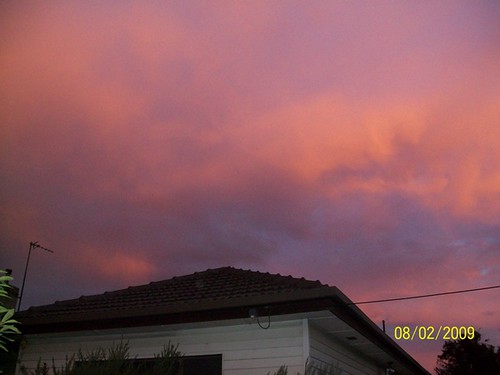When Google made an offer for On2, I was dumbfounded. I wrote to a friend working at Google the following:
Phat. But I’m confused. How does Google benefit by making the codec free? I understand Google’s open culture, but for 100million, really? They help the world, but what’s the incentive for Google? (Other than of course, controlling it).
The reply: “incentive = greater adoption of HTML 5 = apps are written for HTML 5 = apps can be monetized using Adsense”.
Interesting perspective from a smart Googler who had no real insider information. But no cigar.
Newsteevee posted a follow up article today on what Google is going to do with this technology, quoting the Free Software Foundation. What really made me get thinking was this (emphasis mine:
Google’s Open Source Programs Manager Chris DiBona had previously argued that Ogg Theora would need codec quality and encoding efficiency improvements before a site as big as YouTube could use it as its default video codec. The FSF now writes in its letter that it never agreed with these positions, but that Google must have faith in VP8 being a better codec if it invested its money in it (Google spent a total of about $133 million on ON2).
The open source advocacy group apparently realized that Google wouldn’t switch codecs from one day to another, which is why it suggests a number of smaller steps to make VP8 mainstream. “You could interest users with HD videos in free formats, for example, or aggressively invite users to upgrade their browsers (instead of upgrading Flash),” the letter reads, adding that this would eventually lead to users not bothering to install Flash on their computers.
Think about that for a second: video on the web finally becomes free for real and open, becoming a core infrastructure to the online world – but the default is crappy. Don’t like crappy? Well Mr and Ms consumer, if you want High Definition, you need to pay for a subscription to a premium codec by the already dominate Adobe or another rising star. Assuming you get the whole word watching video and only 1% convert – holy crap, isn’t that a brilliant business model?
Bono, the lead singer of the band U2 wrote in an op-ed piece in the New York Times the following recently:
The only thing protecting the movie and TV industries from the fate that has befallen music and indeed the newspaper business is the size of the files”
Simple but profound insight from the famed entertainer. So with this fairly obvious logic, why isn’t the movie industry (backed by Google and Apple) innovating business models in this area? Value comes from scarcity – and quality is the best way of doing it. The reason why box office sales and Blu-ray broke a record in 2009, is because the quality is worth the premium for consumers.
What’s the incentive for Google, to answer my own question? The return on investment to be associated with a default open technology that you give the option to upgrade to users, is a billion dollar business waiting to happen. Doing no evil to the world and securing future growth at the same time sounds like a Google business in the making,



